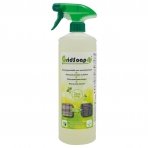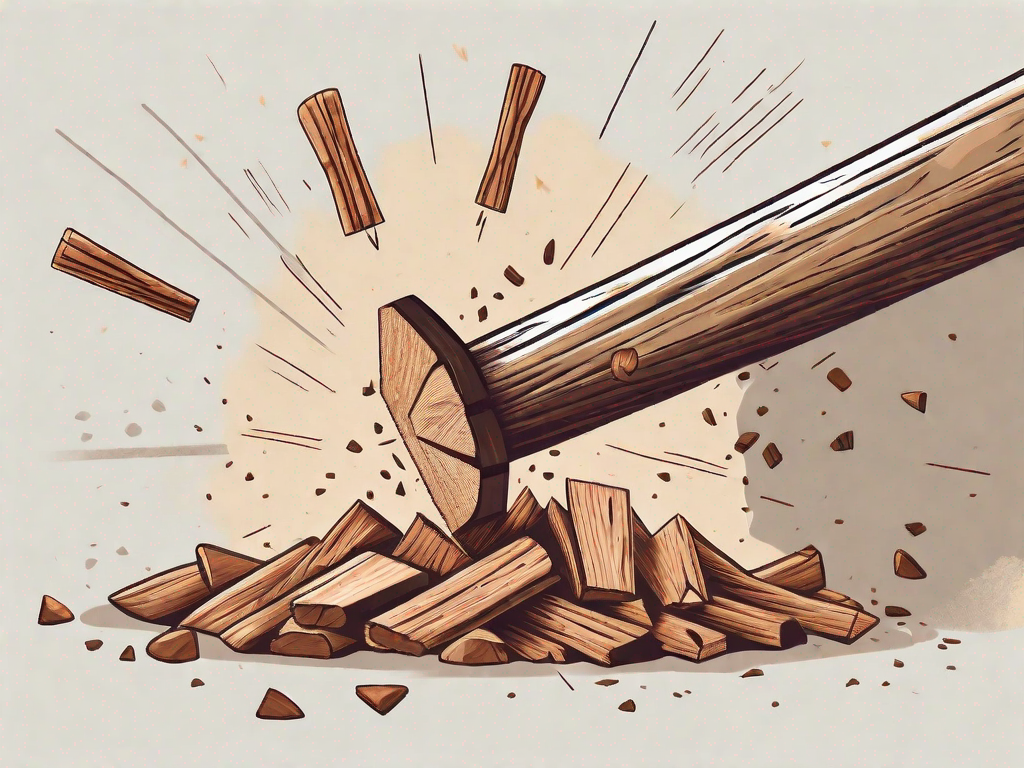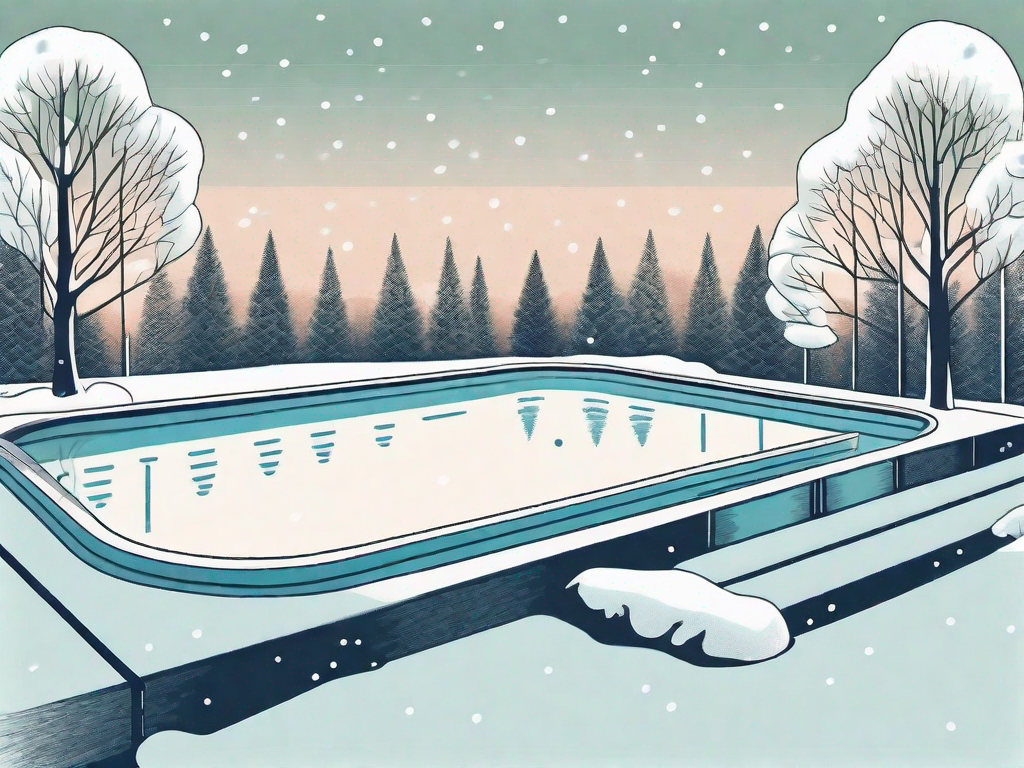Heating with a heat pump
A heat pump is an ideal way to heat your pool in an energy-efficient and sustainable way. Below we provide some tips for starting up and maintaining your heat pump.
Starting up your heat pump
Turn open all "Bypass" valves when you start the system.

- Valve 1 (bypass valve) is controlled to a rise of 200 °C on the filter system pressure gauge ± HALF OPEN
- Valve 2 (valve at the heat pump input) remains 100% OPEN at all times
- Valve 3 valve coming from the heat pump must be HALF OPEN
With this setting, your heat pump will work optimally and you can heat your pool with little energy consumption. This setup is recommended when the heat pump is less than 10 meters from the installation. The difference between incoming and outgoing water should be 2 to 3°C. Only at colder or warmer outside temperatures may you need to adjust the position of valve 3 for proper heat pump operation. If the heat pump is further than 10 meters, we suggest that valve 1 is fully closed and valves 2 and 3 are fully open.
To achieve the desired temperature as efficiently and ecologically as possible, we recommend filtering 24/24h. Once achieved, you may switch to filtering times.
Get your heat pump ready for winter
The water circulating in the heat pump during the swimming season should be drained before winter. That way the water can't freeze. Be sure to get advice from your pool technician. Or better yet, have your unit winterized by Pool Service technicians!
- Set the by-pass valve to open (with the pipe)
- Close both valves 'input' and 'output'. (valve 2 & valve 3)
- Drain all the water. Slightly tilt the pump to make sure no water remains at the bottom.
- Lightly tighten both connections to prevent foreign objects and/or vermin from getting in.
- The back (radiator) of the heat pump should be free of dirt. Clean your heat pump with Griel soap and rinse (vertically) with a garden hose.
- Cover the pump with a suitable winter cover if necessary.
Maintaining your heat pump yourself
Heat pumps are designed to last. But then you have to install them properly and use them under normal conditions. For optimal, economical operation, we give you some tips for keeping your heat pump running at its best.
What to do for maintenance:
- Keep the surrounding area of the heat pump free of plants, shrubs or debris.
- The back (radiator) of the heat pump should be free of dirt. Use a heat pump cleaner such as Griel Soap to clean the heat pump and rinse with the garden hose.
- Always check the pressure gauge visible on the outside of the unit. When the heat pump is not operating, the pointer should be at the outside temperature. If it indicates zero, refrigerant gas must be added - contact a refrigeration technician.
- Do not operate the heat pump if any parts have been underwater. Call a qualified technician immediately to have the heat pump inspected and any operating system component that has been underwater replaced.
Getting rid of condensation
When the heat pump is running, the unit produces condensation (water). At the bottom of the heat pump, the condensation can drain away through a drain. If the humidity outside is high, the amount of condensation will increase. Therefore, it is advisable to regularly check whether the condensation water is still draining properly.
- Check the lower drain for debris that could clog the drain.
- Keep the area around the air inlet and air outlet free of debris so as not to restrict air flow through the heat pump. The cooler exhaust air should not accumulate and be sucked back into the side air inlets.
- During normal operation, the heat pump produces 5 to 10 liters of condensation per hour. If more condensate is discharged during heat pump operation, or if water continues to drain from the bottom of the water pump when it is off, there may be a leak in the internal piping. Contact a qualified refrigeration technician to have the problem investigated.
A quick way to check if the drain water is condensation is to turn off the heat pump and leave the pool pump on. If no more water is draining through the bottom plate, then it was condensation. Even quicker is to test the water for chlorine. If there is no chlorine in it, then it is condensation.
With these tips and tricks, you will enjoy warm pool water to the fullest with a minimum of effort.
Getting rid of condensation
When the heat pump is running, the unit produces condensation (water). At the bottom of the heat pump, the condensation can drain away through a drain. If the humidity outside is high, the amount of condensation will increase. Therefore, it is advisable to regularly check whether the condensation water is still draining properly.
- Check the lower drain for debris that could clog the drain.
- Keep the area around the air inlet and air outlet free of debris so as not to restrict air flow through the heat pump. The cooler exhaust air should not accumulate and be sucked back into the side air inlets.
- During normal operation, the heat pump produces 5 to 10 liters of condensation per hour. If more condensate is discharged during heat pump operation, or if water continues to drain from the bottom of the water pump when it is off, there may be a leak in the internal piping. Contact a qualified refrigeration technician to have the problem investigated.
A quick way to check if the drain water is condensation is to turn off the heat pump and leave the pool pump on. If no more water is draining through the bottom plate, then it was condensation. Even quicker is to test the water for chlorine. If there is no chlorine in it, then it is condensation.
With these tips and tricks, you will enjoy warm pool water to the fullest with a minimum of effort.







